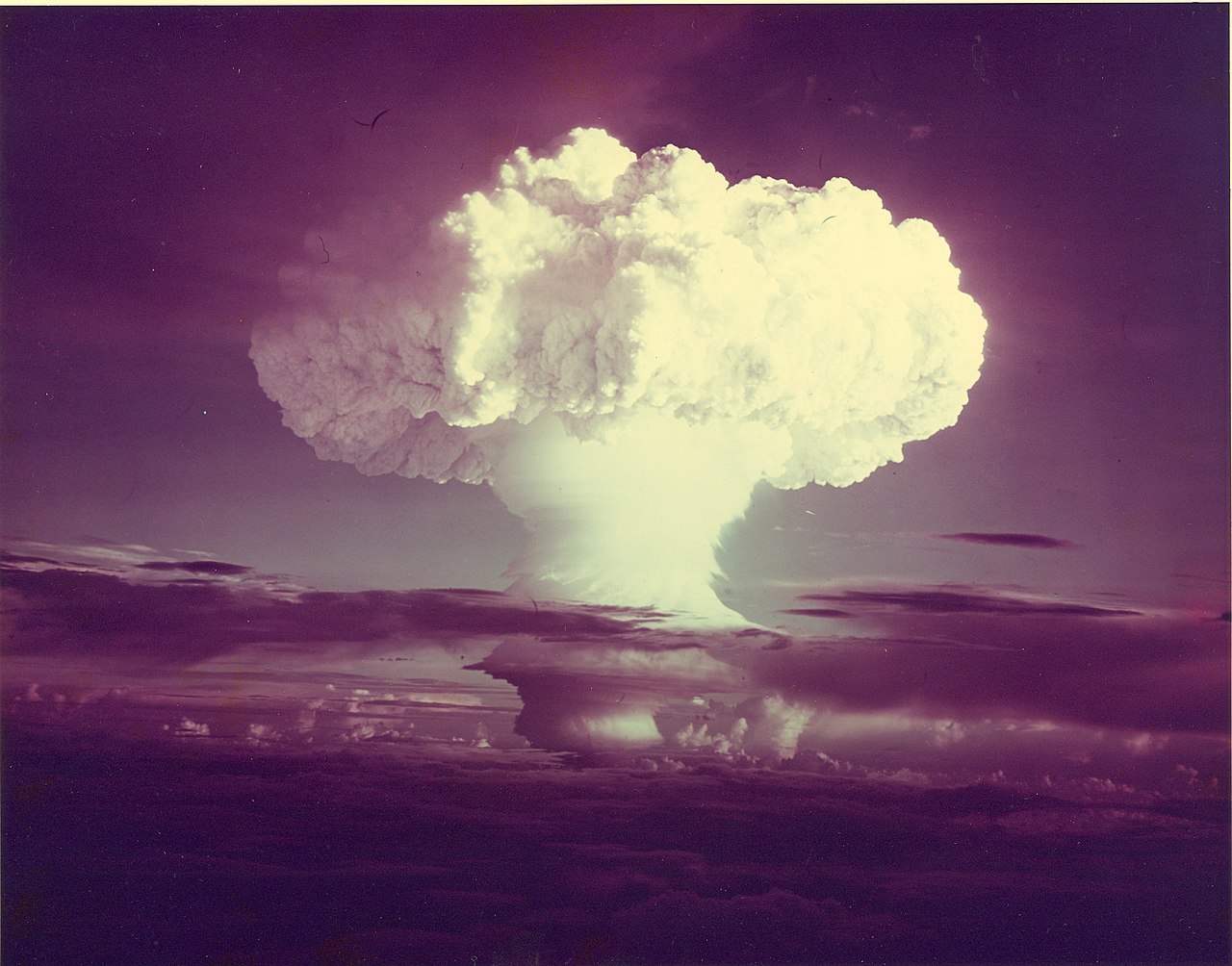

As the number of protons in a nucleus increases, the number of neutrons and the amount of energy that keeps the nucleus together changes as well. As a result, protons repel each other and the strong force must be greater than this repulsive electrostatic force. Protons are positively charged, while neutrons are neutral in charge. The strong force binds quarks together to form nucleons, and also keeps neutrons and protons together in the nucleus. Unlike what high school science may introduce, protons and neutrons are not the smallest building blocks of matter – they are composed of even smaller fundamental particles called quarks. In addition to holding nucleons together in a nucleus, it is also responsible for the mere existence of nucleons. The strong force is one of the four fundamental forces of nature. The nucleus of any atom can contain two kinds of subatomic particles, neutrons and protons (collectively called nucleons), that are held together by the strong force.

The principle behind fission and fusion lies in the composition of the nucleus itself. This process occurs naturally in stars and may be induced at very high temperatures. It can be induced or may occur naturally through radioactive decay.įusion is a type of nuclear reaction that involves combining of two smaller nuclei into a larger nucleus. They are in fact simply taking advantage of the fact that Donald Trump is erratic and there is little prospect of a unified international front that can contain the North's military aspirations for now.Fission is a type of nuclear reaction that involves splitting an atom’s nucleus into smaller nuclei.

However, we still think that the North will not intentionally start a war," Anwita Basu, North Korea analyst at the Economist Intelligence Unit, said in a press note Monday.
HYDROGEN BOMB VS ATOMIC BOMB FULL
"The risk of a full blown war in the Korean peninsula has risen. "It is not possible from the seismic data alone to determine if this was a test of a hydrogen bomb, but we can say in general that the credibility of the claim increases with increasing explosive yield."Īnalysts suggest, however, that the tests could be an attempt by the North Korean President to uphold his regime and prevent interference by external leaders, rather than spark a mass conflict. "North Korea claims that this was a test of a hydrogen bomb the same claim was made for previous tests," Norsar said. This compares to about 20 kilotrons TNT this time last year. It estimates the explosive yield of the recently tested bomb to be at 120 kilotrons TNT. In particular, monitors will be looking for isotopes of a gas called xenon, which is typically present in H-bomb reactions.Īnalysis from Norsar, a Norweigan geoscience research foundation, suggests that the explosion created by Sunday's test is far greater than that seen in North Korea's last alleged H-Bomb test, which took place in September 2016. It is still unclear whether the weapon tested by North Korea was a hydrogen bomb but experts have begun analysis, using sniffer stations around the world that can detect radioactive pollution released by nuclear explosions.


 0 kommentar(er)
0 kommentar(er)
